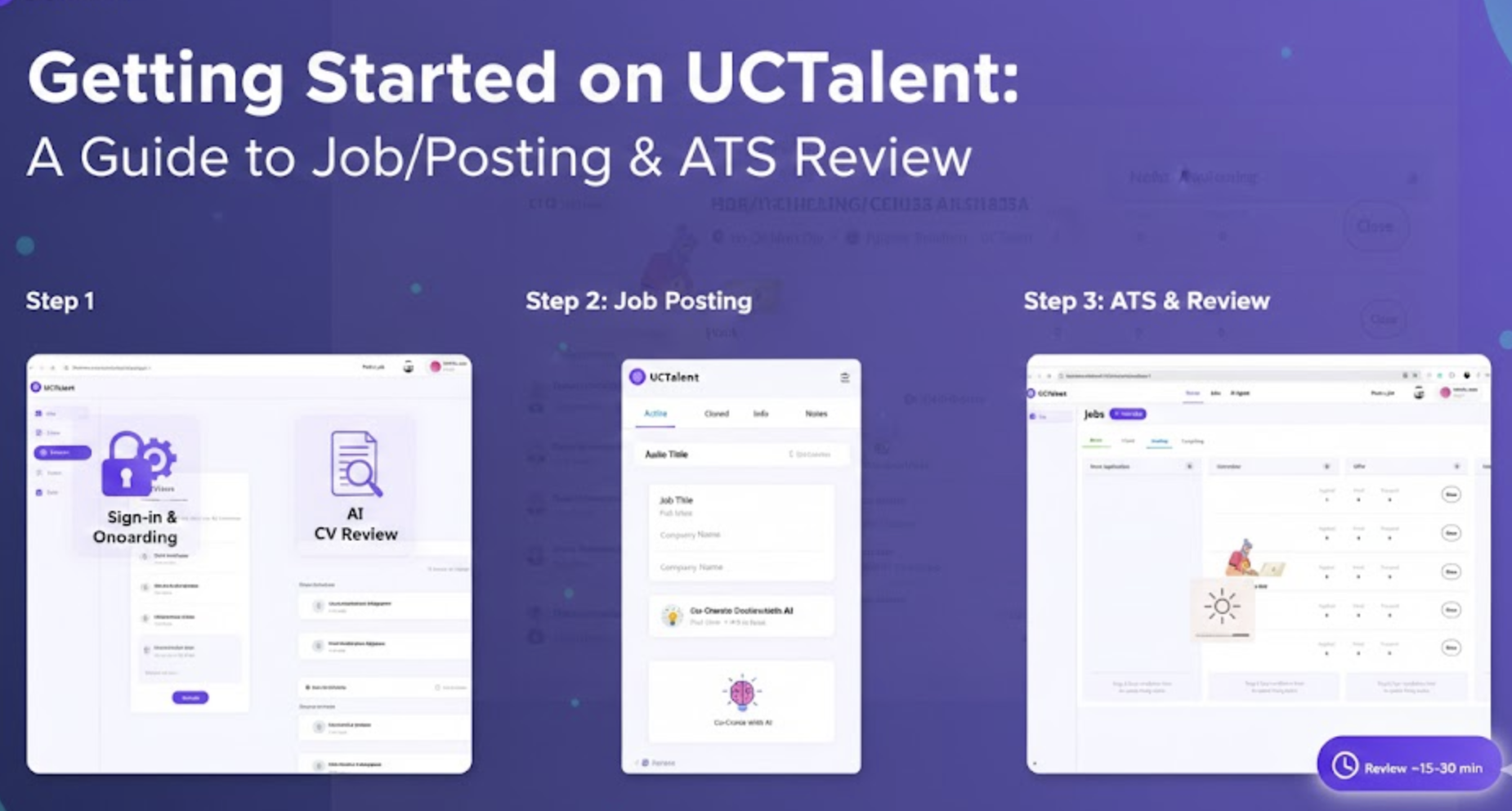5 Common Product Pivots That Don’t Work And What To Do Instead
In today's dynamic tech ecosystem, creating a successful product is a challenging yet rewarding process. However, many businesses find themselves in a position where their product isn’t working as intended. Whether it’s struggling to engage customers, a product pivot gone awry, or jumping onto a trend like AI or web3, companies often have to face the difficult question: What should we do when our product doesn’t work? In this article, we’ll explore five common scenarios and potential solutions for businesses facing these challenges, while keeping the focus on smart decision-making rather than following trends blindly.
1. Transitioning from B2B to Consumer: A Tough Pivot
For businesses built around a strong B2B model, the temptation to pivot into consumer markets can seem enticing, but it’s fraught with challenges. B2B founders often have deep expertise in selling to enterprises, but consumer markets demand a completely different approach.
For instance, the founding team might have extensive connections in a niche enterprise vertical, but deciding to shift into building an AI meme maker for cute animals is a whole new ball game. The B2C pivot is notoriously difficult because the skills, networks, and marketing strategies that work in B2B don't necessarily translate into the consumer space. In fact, the inverse tends to work better—consumer companies shifting to B2B often see more success.

2. Adding Chat, Social, or Notifications Won’t Save a Failing Product
When a product isn’t working, one of the most common temptations is to tack on extra features like chat, social sharing, or notifications, hoping these additions will improve user retention. However, this strategy rarely helps.
Retention problems are typically a sign that the core product itself isn’t resonating with users, and adding buzzy features doesn’t address the underlying issue. Instead of trying to bolt on new functionalities, a more effective approach is to focus on fixing or completely reimagining the core product experience. The goal should be to create something that fundamentally works, rather than distracting users with additional features.
3. Chasing AI or Web3 for the Sake of It
In recent years, AI and web3 have dominated conversations across the tech industry, and it’s easy for companies to feel pressured into integrating these technologies into their products. But if your product is struggling with its core experience, slapping on trendy technologies won’t fix the problem.
For example, adding web3 elements or AI-driven features might give your product a temporary novelty boost, attracting a wave of curious users. However, these users won’t stick around if the core value of your product isn’t compelling. A poorly integrated AI or blockchain solution will be seen as a “bolt-on,” which customers and investors alike can easily recognize. When compared to competitors who have built AI or web3 products from the ground up, your product may seem clunky and disconnected.
The key takeaway here is not to add trendy tech just for the sake of it. Instead, evaluate whether these technologies are truly relevant to your product’s goals and, if necessary, build them in a thoughtful and cohesive way.

4. Avoid Premature Platform Ambitions
Sometimes, when a specific product isn’t working, the natural instinct is to zoom out and create a platform instead. The logic might be that if your niche social app for yoga enthusiasts isn’t gaining traction, perhaps expanding to cover all wellness communities will solve the problem. This is a classic case of a premature platform strategy.
The problem with this approach is that creating a platform without first having a “killer app” or a proven value proposition rarely works. If your product doesn’t work in a specific vertical, expanding it to cover more verticals won’t fix the core issues. It’s far better to hone in on making one specific use case work brilliantly before attempting to scale it into a broader platform.
5. Switching from Paid to Free Doesn’t Magically Attract Users
When a product fails to gain traction, some businesses consider moving from a paid model to a free one, believing that removing the price barrier will attract users. Unfortunately, this strategy almost never works.
If users aren’t interested in your product enough to pay for it, they’re unlikely to care about it even if it’s free. Offering the product for free doesn’t solve the issue of user indifference. In fact, it often compounds the problem by making your product seem less valuable. This is why even freemium and ad-supported models require a solid acquisition strategy. Products that thrive in freemium environments typically have strong user engagement and retention, not just because they’re free, but because they offer real, intrinsic value.
In some cases, the opposite may be true—charging more or offering a premium experience could actually help your product stand out. If your product is high-quality and solves a real problem, don’t shy away from asking users to pay for it.

Conclusion: Focus on the Core Product
Ultimately, when a product isn’t working, the best approach is to return to the fundamentals. Instead of chasing trends or adding features in the hopes of a quick fix, businesses need to focus on delivering real value to their users. Whether it’s improving the core experience, finding the right market fit, or rethinking the business model, success comes from solving meaningful problems for customers, not from jumping on the latest bandwagon.
SOURCE: Andrew Chen
Want to stay ahead in the fast-evolving blockchain industry? Join UCTalent today for the latest news, comprehensive guides, and exclusive insights designed to accelerate your career!







.png)




